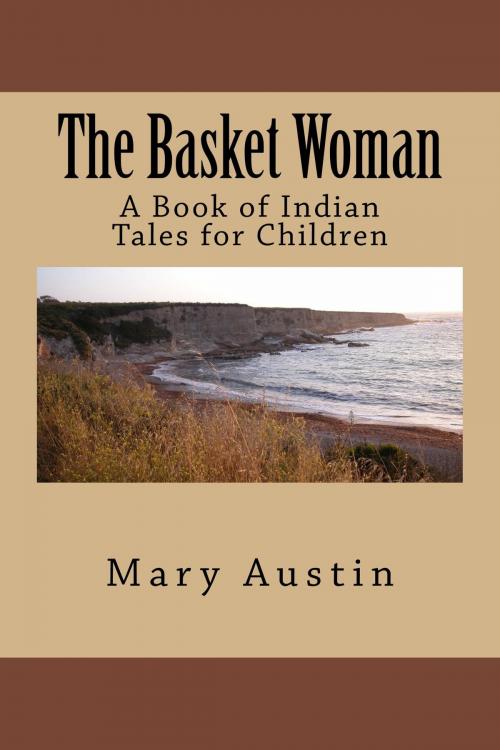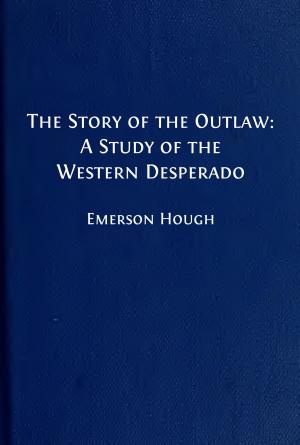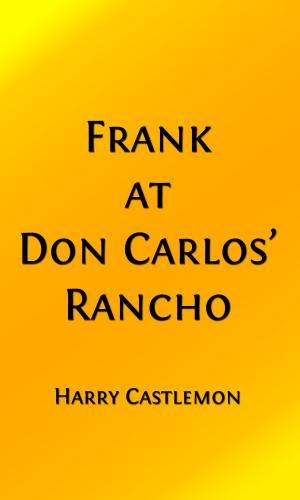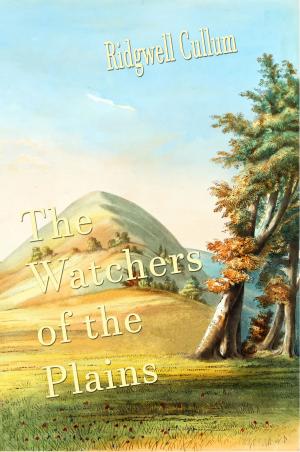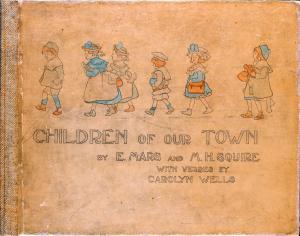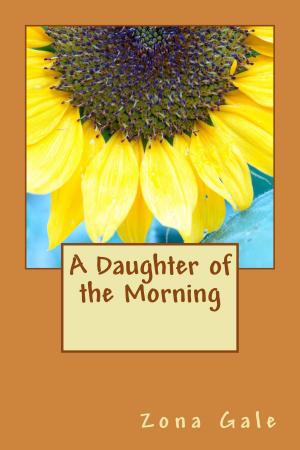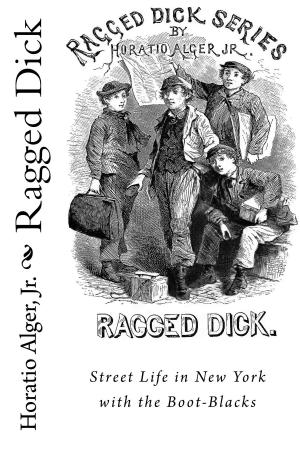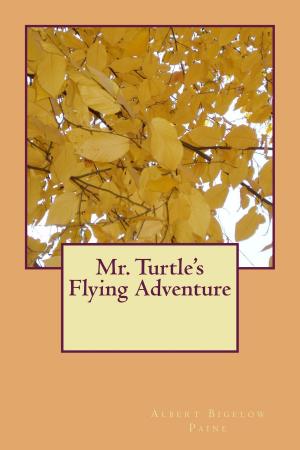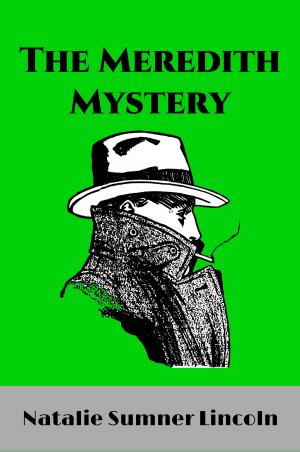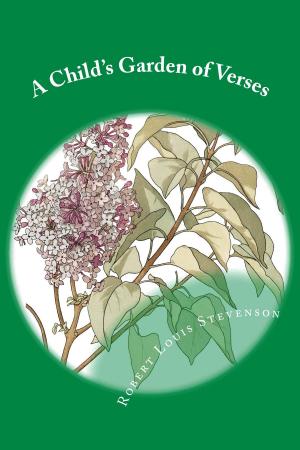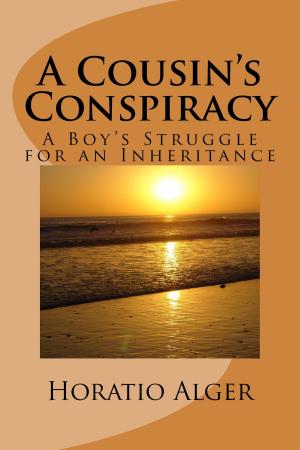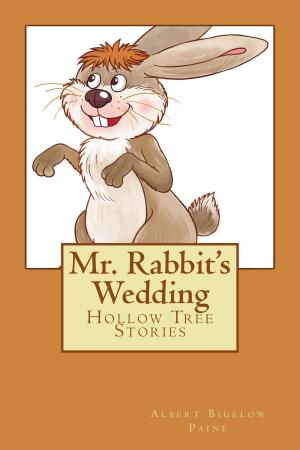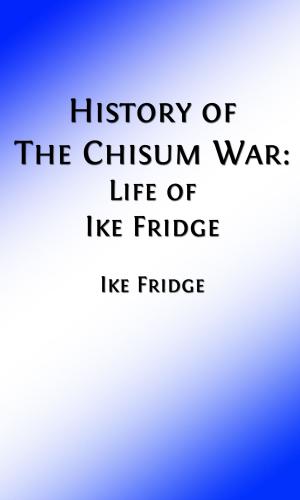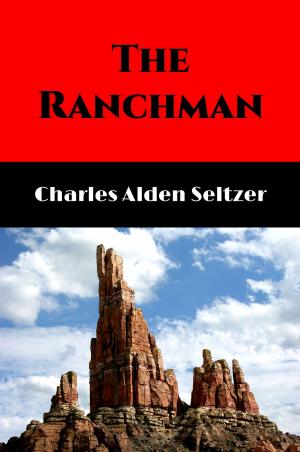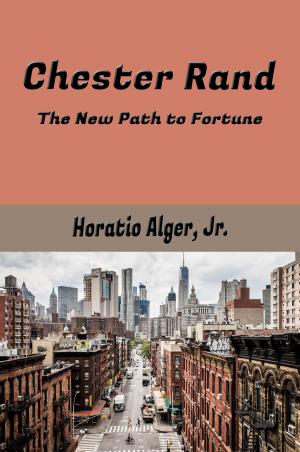The Basket Woman (Illustrated Edition)
A Book of Indian Tales for Children
Fiction & Literature, Historical| Author: | Mary Hunter Austin | ISBN: | 1230001000276 |
| Publisher: | Steve Gabany | Publication: | March 20, 2016 |
| Imprint: | Language: | English |
| Author: | Mary Hunter Austin |
| ISBN: | 1230001000276 |
| Publisher: | Steve Gabany |
| Publication: | March 20, 2016 |
| Imprint: | |
| Language: | English |
Cocky young glaciers, contemplative pine trees, resourceful ancient Paiutes, and rabbits too clever for their own good. Through the kindly but mysterious Basket Woman, they all become the companions and teachers of Alan, the young son of homesteaders in early Nevada. The Basket Woman, a keeper of her people's traditions, doesn't simply tell stories: She transports her young friend into powerful mythic tales, where Alan learns the secret of the trees and animals and the wisdom of the people who flourished in this "land of little rain" before the arrival of foreigners from the East.
While the stories make delightful and instructive reading for children, on another level they are an intense examination of the dramatic implications of a legacy of conquest upon the land and its native peoples. At eighteen, Mary Austin herself homesteaded in California during a catastrophic drought. These stories were written during her sometimes desperate life as a young mother and wife of a failed water developer in the region east of the Sierra Nevada. The proceeds of their publication in eastern magazines and later as a school text kept Austin's bankrupt family going.
This edition of the book contains the three original illustrations, rejuvenated, and twelve additional illustrations unique to this edition.
Mary Hunter Austin (1868–1934) was an American writer. One of the early nature writers of the American Southwest, her classic The Land of Little Rain (1903) describes the fauna, flora and people – as well as evoking the mysticism and spirituality – of the region between the High Sierra and the Mojave Desert of southern California.
Austin was born Mary Hunter on September 9, 1868 in Carlinville, Illinois (the fourth of six children) to George and Susannah (Graham) Hunter. She graduated from Blackburn College in 1888. Her family moved to California in the same year and established a homestead in the San Joaquin Valley. Mary married Stafford Wallace Austin on May 18, 1891 in Bakersfield, California. He was from Hawaii and a graduate of the University of California, Berkeley.
For 17 years Austin made a special study of Indian life in the Mojave Desert, and her publications set forth the intimate knowledge she thus acquired. She was a prolific novelist, poet, critic, and playwright, as well as an early feminist and defender of Native American and Spanish-American rights. She is best known for her tribute to the deserts of California, The Land of Little Rain (1903). Her play, The Arrow Maker, dealing with Indian life, was produced at the New Theatre, (New York) in 1911, the same year she published a rhapsodic tribute to her acquaintance H.G. Wells as a producer of "informing, vitalizing, indispensable books" in the American Magazine.
Mary Hunter Austin wrote about her Independence, CA home in The Land of Little Rain. Austin and her husband were involved in the local California Water Wars, in which the water of Owens Valley was eventually drained to supply Los Angeles. When their battle was lost, he moved to Death Valley, California, and she moved to Carmel, California. There, she was part of a social circle that included Jack London, Ambrose Bierce, and George Sterling and was one of the founders of the Forest Theater.
In 1929, while living in New Mexico, Austin co-authored a book with photographer Ansel Adams. Published a year later, the book, Taos Pueblo, was printed in a limited edition of only 108 copies. It is now quite rare because it included actual photographs made by Adams rather than reproductions.
Austin died August 13, 1934 in Santa Fe, New Mexico. Mount Mary Austin, in the Sierra Nevada, was named in her honor. It is located 8.5 miles west of her longtime home in Independence, California. A biography was published in 1939.
Cocky young glaciers, contemplative pine trees, resourceful ancient Paiutes, and rabbits too clever for their own good. Through the kindly but mysterious Basket Woman, they all become the companions and teachers of Alan, the young son of homesteaders in early Nevada. The Basket Woman, a keeper of her people's traditions, doesn't simply tell stories: She transports her young friend into powerful mythic tales, where Alan learns the secret of the trees and animals and the wisdom of the people who flourished in this "land of little rain" before the arrival of foreigners from the East.
While the stories make delightful and instructive reading for children, on another level they are an intense examination of the dramatic implications of a legacy of conquest upon the land and its native peoples. At eighteen, Mary Austin herself homesteaded in California during a catastrophic drought. These stories were written during her sometimes desperate life as a young mother and wife of a failed water developer in the region east of the Sierra Nevada. The proceeds of their publication in eastern magazines and later as a school text kept Austin's bankrupt family going.
This edition of the book contains the three original illustrations, rejuvenated, and twelve additional illustrations unique to this edition.
Mary Hunter Austin (1868–1934) was an American writer. One of the early nature writers of the American Southwest, her classic The Land of Little Rain (1903) describes the fauna, flora and people – as well as evoking the mysticism and spirituality – of the region between the High Sierra and the Mojave Desert of southern California.
Austin was born Mary Hunter on September 9, 1868 in Carlinville, Illinois (the fourth of six children) to George and Susannah (Graham) Hunter. She graduated from Blackburn College in 1888. Her family moved to California in the same year and established a homestead in the San Joaquin Valley. Mary married Stafford Wallace Austin on May 18, 1891 in Bakersfield, California. He was from Hawaii and a graduate of the University of California, Berkeley.
For 17 years Austin made a special study of Indian life in the Mojave Desert, and her publications set forth the intimate knowledge she thus acquired. She was a prolific novelist, poet, critic, and playwright, as well as an early feminist and defender of Native American and Spanish-American rights. She is best known for her tribute to the deserts of California, The Land of Little Rain (1903). Her play, The Arrow Maker, dealing with Indian life, was produced at the New Theatre, (New York) in 1911, the same year she published a rhapsodic tribute to her acquaintance H.G. Wells as a producer of "informing, vitalizing, indispensable books" in the American Magazine.
Mary Hunter Austin wrote about her Independence, CA home in The Land of Little Rain. Austin and her husband were involved in the local California Water Wars, in which the water of Owens Valley was eventually drained to supply Los Angeles. When their battle was lost, he moved to Death Valley, California, and she moved to Carmel, California. There, she was part of a social circle that included Jack London, Ambrose Bierce, and George Sterling and was one of the founders of the Forest Theater.
In 1929, while living in New Mexico, Austin co-authored a book with photographer Ansel Adams. Published a year later, the book, Taos Pueblo, was printed in a limited edition of only 108 copies. It is now quite rare because it included actual photographs made by Adams rather than reproductions.
Austin died August 13, 1934 in Santa Fe, New Mexico. Mount Mary Austin, in the Sierra Nevada, was named in her honor. It is located 8.5 miles west of her longtime home in Independence, California. A biography was published in 1939.
